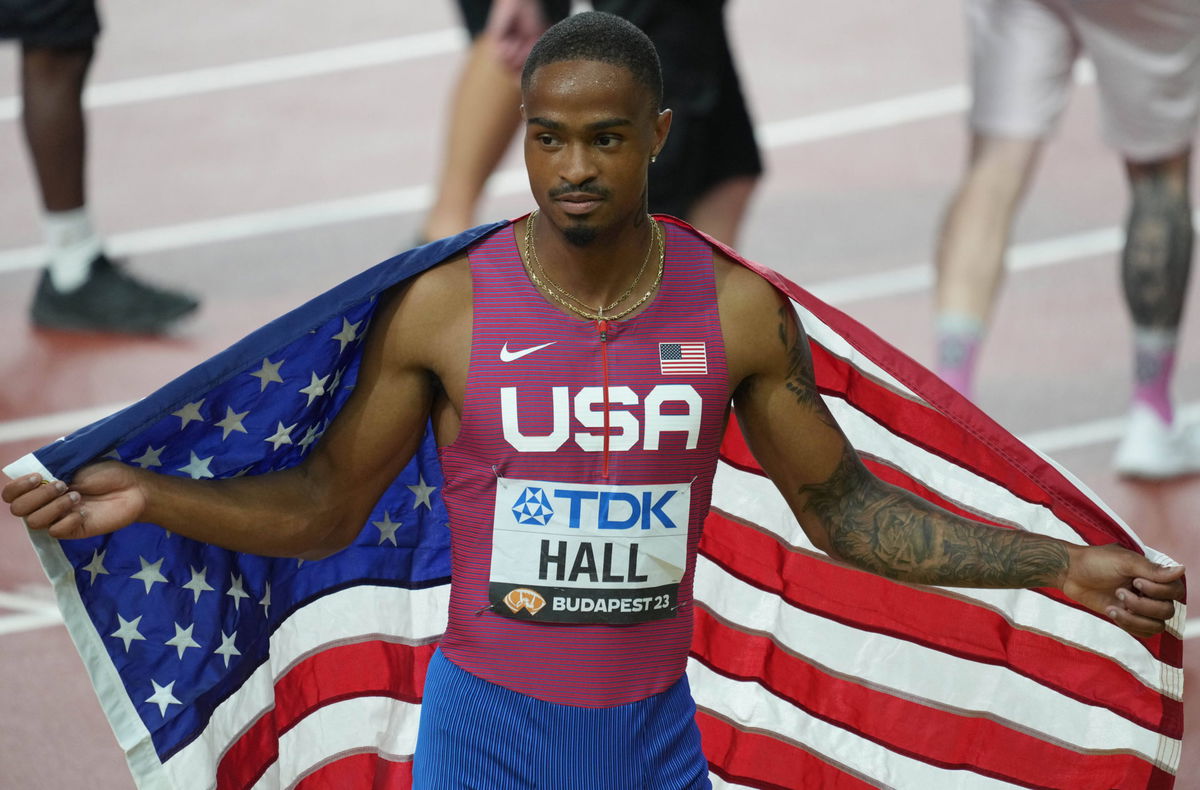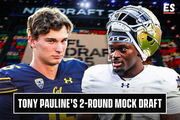

Well, the NCAA loves to talk about providing opportunities, right? Giving athletes a chance to shine in college. But there’s a quiet little secret that’s been rubbing people the wrong way: the age limit–or, well, the lack of one. One can say the NCAA rules are weirdly flexible. There’s no hard cap on how old you can be; you just have this five-year window to get your four seasons of competition done. Sounds harmless, maybe? Except it leads to some genuinely head-scratching situations where athletes who are way, way older are lining up against kids who are practically still teenagers. What does this system really mean for the future of those young athletes trying to make their mark?
Watch What’s Trending Now!
Fast forward to today, May 17, 2025, and American track star Quincy Hall just couldn’t hold back anymore. He fired off a viral tweet that perfectly summed up the frustration, even knowing he might catch some heat for it. Hall, a seriously tough competitor in the 400 meters, just laid it out there: “There’s gotta be a age limit for competing in College 😐 Its ppl 24-25 still in college competing against kids fresh out of high school 😂🤦🏾♂️ imma get some hate but that ain’t even coo now.”
There’s gotta be a age limit for competing in College 😐 Its ppl 24-25 still in college competing against kids fresh out of high school 😂🤦🏾♂️ imma get some hate but that ain’t even coo now
— Quincy Hall (@QuincyHall400) May 17, 2025
ADVERTISEMENT
Boom, Quincy hit the nail right on the head, remember that story from last November? Apparently, a 28-year-old freshman over at BYU was just crushing it on the track, leaving everyone scratching their heads. And honestly, that’s not a one-off. You get these older athletes who’ve maybe taken years off, trained independently, or even competed internationally, suddenly rocking up on college teams.
They bring a level of physical development, maturity, and experience that an 18 or 19-year-old fresh out of high school can’t possibly match. Imagine being an 18-year-old kid, still figuring things out, and having to race against someone who’s nearly a decade older? In a sport where physical peak is everything, that feels less like a fair fight and more like an uphill sprint against a fully grown adult. How is that even justifiable in a system that’s supposed to be a stepping stone for young talent?
ADVERTISEMENT
Does the NCAA Even Have an Age Limit?
Let’s talk about NCAA eligibility. Well, the rules can be a maze, right? Especially about who can actually play. The NCAA doesn’t have a straight-up rule saying, “Nobody over X age allowed.” But their eligibility rules totally shape how old athletes can be. Not everyone goes straight from high school to college; some take time off, which gets interesting.
It breaks down by division. For most D1 and D2 sports, you gotta enroll pretty soon after high school – usually within a year – and you get five years total to play four seasons. There are weird exceptions, like hockey and tennis, but that’s the general idea.
ADVERTISEMENT
But D3? Totally different ballgame! They use a semester clock. You get 10 semesters to play your four seasons, and you can pause that clock by dropping out and coming back. This means, practically speaking, D3 has no age cap linked to eligibility!
Top Stories
Fact Check: Were Greg Biffle & Family On the Plane That Crashed At Statesville, North Carolina?

“Rest in Peace”: Prayers Pour In From Dan Marino as Dolphins Legend Mourns Tragedy in South Florida Football

Carlos Alcaraz’s Split With Coach Resulted From ‘Major Disagreements’ With His Father

Who Is Greg Biffle’s Wife? Everything You Need to Know About Cristina Grossu

Footage Surfaces of Florida Police Arresting NASCAR Veteran Over Disturbing Public Misbehavior

Tony Pauline’s 2-Round 2026 Mock Draft: Browns Secure Franchise QB, Commanders Beat Chiefs to Jeremiyah Love

So while D1/D2 have indirect age limits because of when you start college, D3 lets athletes pretty much play whenever they’ve got those semesters left. It’s meant to offer flexibility, but it definitely makes you wonder if that lack of an age limit in D3 creates a totally uneven playing field for younger athletes, doesn’t it?
ADVERTISEMENT
ADVERTISEMENT
ADVERTISEMENT

